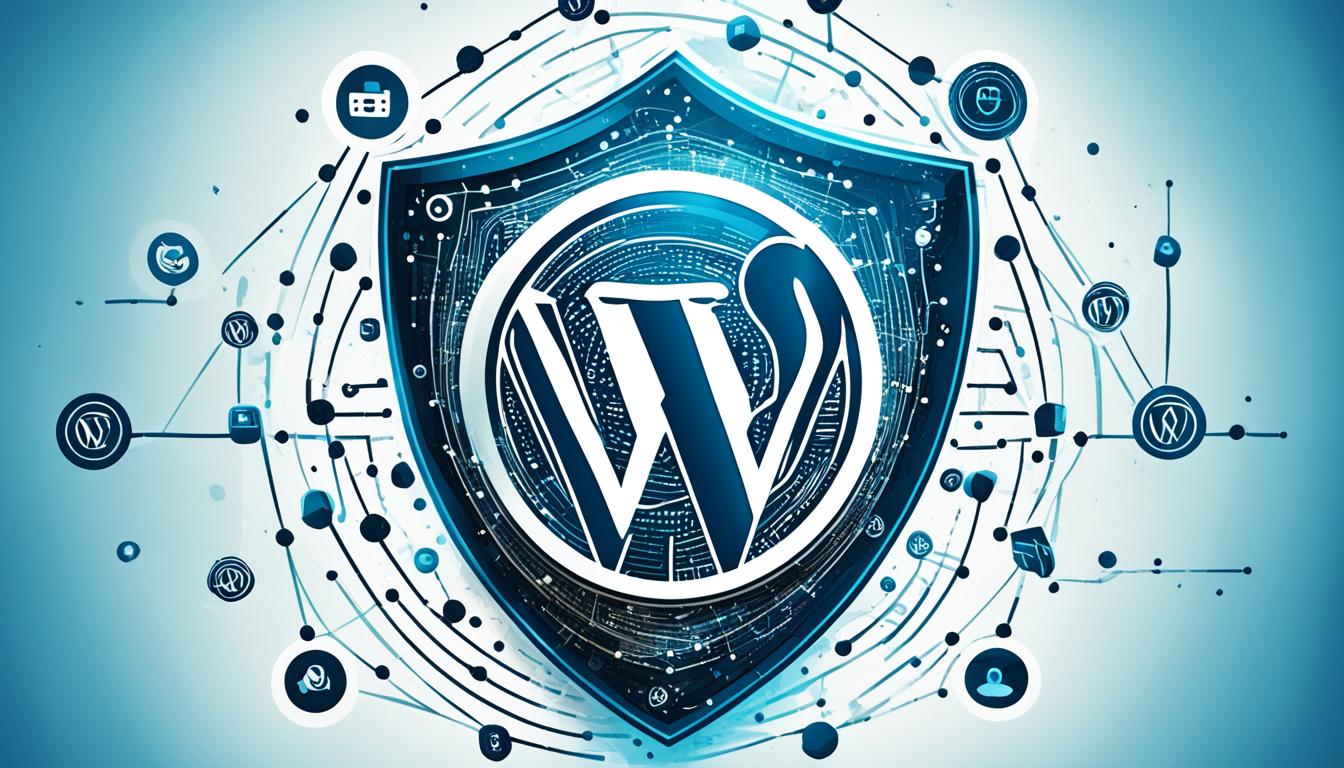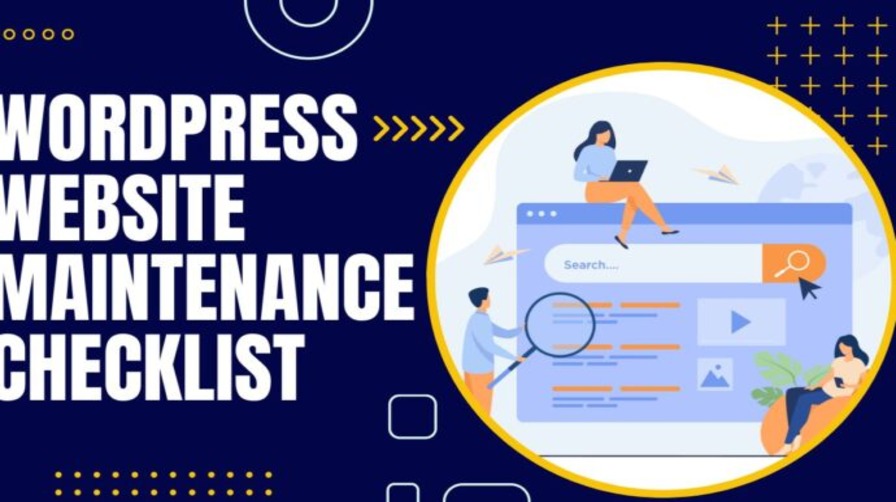How to Auto Update Plugins in WordPress
When managing a WordPress website it’s important to keep your plugins updated. However, with the increasing number of plugins and the constant need for security updates manually updating them can be time-consuming. This is where automatic plugin updates come into play. By enabling updates for your plugins you can ensure that your website remains secure and up to date effortlessly.. Are plugin updates truly reliable and safe? Lets delve into the realm of WordPress auto update plugins to uncover the truth. How to Activate Updates for WordPress Plugins Activating updates for WordPress plugins is a simple process. To enable auto updates for plugins go to the Installed Plugins page in your WordPress admin area. There you’ll find a list of all your installed plugins with an option to each one labeled ” auto updates.” Just click on this option to activate updates for that plugin. Likewise you can also enable auto updates for WordPress themes by navigating to the Themes section, in the Appearance menu. Select the theme you wish to enable updates for then click on the ” auto updates” link, in the theme information pop up. By activating updates your plugins and themes will be automatically updated to their versions as soon as they are released. You’ll also receive email notifications to stay informed about unsuccessful updates. If you want to customize the auto update settings you can insert code snippets into your themes functions.php file to control which updates are applied automatically. To sum up enabling updates for WordPress plugins is a way to ensure that your website remains current with the newest features, bug fixes and security enhancements. By enabling auto updates as a part of your WordPress maintenance, you can save time and energy while keeping your site secure and running smoothly. Advantages of Enabling Updates for WordPress Plugins Enhances website security by installing security patches Automatically integrates bug fixes and enhancements Minimizes manual effort required for plugin updates Reduces the likelihood of compatibility issues with outdated plugins Provides reassurance by keeping your website consistently up to date Conclusion Efficiently managing your website and maintaining security through automatic updates is crucial, for ensuring the seamless operation of your WordPress site. By using a WordPress auto updater plugin to enable updates you can save time and effort. This proactive approach ensures that your website stays current, with the features bug fixes and important security patches. Keeping your site updated helps protect it from cyber threats and vulnerabilities. It’s crucial to be cautious when enabling auto updates. Its advised to back up your site as a safety measure. If any issues arise from an update having a backup allows you to revert to a version and restore your sites functionality. By utilizing a WordPress auto updater plugin and implementing strategies you can confidently keep your plugins updated and improve the security and performance of your WordPress website. Simplify your website management. Maintain an online presence with automatic updates. Source Links https://wordpress.org/documentation/article/plugins-themes-auto-updates/ https://www.wpbeginner.com/plugins/how-to-enable-automatic-updates-for-wordpress-plugins/ https://wordpress.org/plugins/wp-auto-updater/


